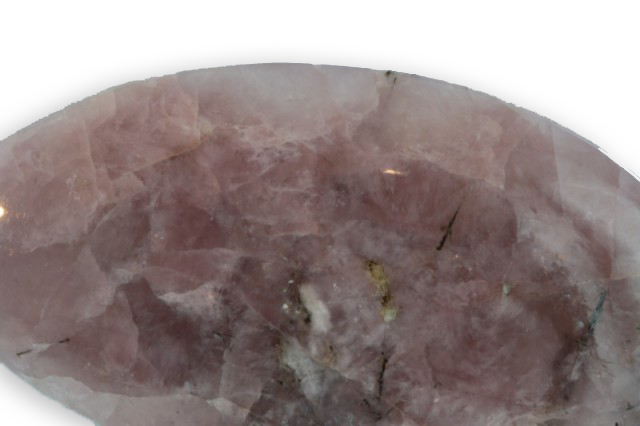
translucent
Je vous emmène à travers mes vidéos découvrir mon expérience acquise depuis plus de 30 ans a silloner le globe entier à la recherche de pierres précieuses, de rencontre mémorables mais aussi de difficulté parfois …
actualités
Categories

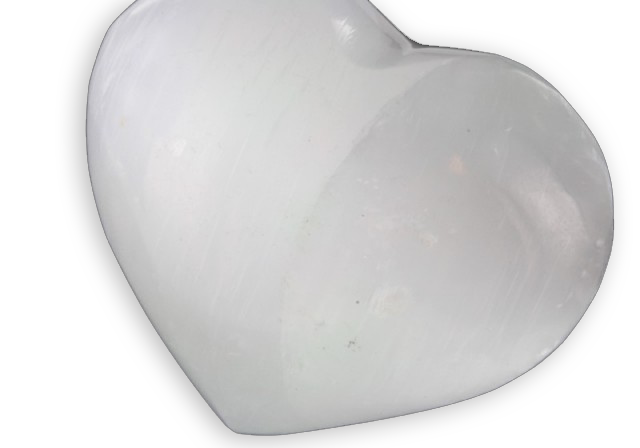
ulexite
Named in honor of the German chemist George Ulex (1811-1883). We notice a rare property: if the ends of a thick plate are well polished perpendicular to the longitudinal direction of its crystal fibers, they behave like optical fibers. A Printed text placed below appears
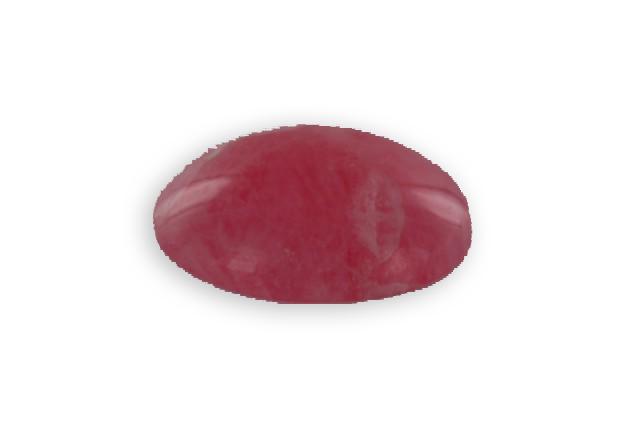
tugtupite
Mineral discovered in 1960 simultaneously in the Kola Peninsula (Russia) and south of Greenland, its name comes from an Inuit word meaning ” Reindeer blood ” (“tugtup” means reindeer in Eskimo). Stone of a beautiful color. Without light it loses its color, and after returning
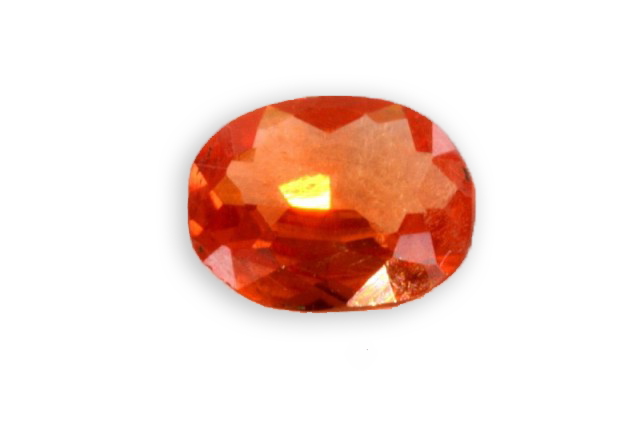
triplite
Its name comes from the Greek “triplos” for triple, as it has cleavages in three directions, it forms a series with the zwieselite, which is the fluorinated pole. It is found in granitic pegmatites and it was identified in the Chanteloube, Haute-Vienne in France. The
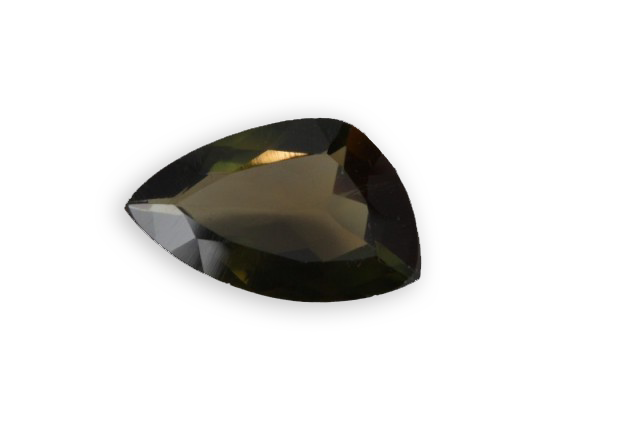
triphylite
Its name comes from the Greek “tria” for 3 and “phylon” family to signify that it contains three cations because it was believed that it contained lithium, magnesium and iron.
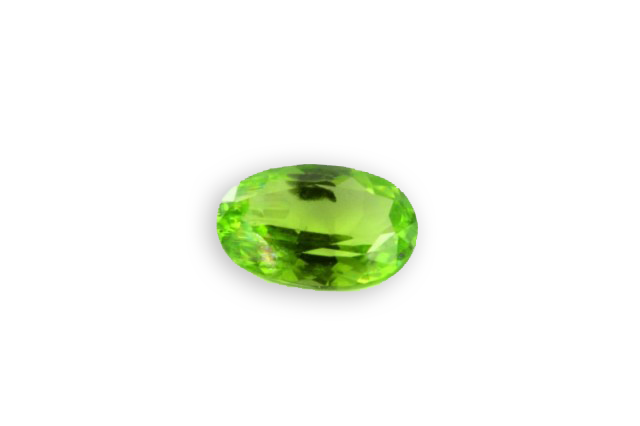
tremolite
She was named in 1789 by the mineralogist J.G.A. Höpfner in relation to its supposed place of discovery: the Val Tremola in the St. Gotthard massif in Switzerland, but the sample was from another valley … Campolungo. Chemically very close to actinolite (tremolite does not



